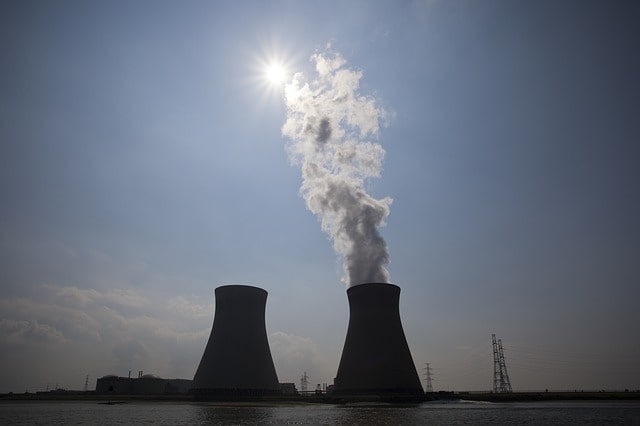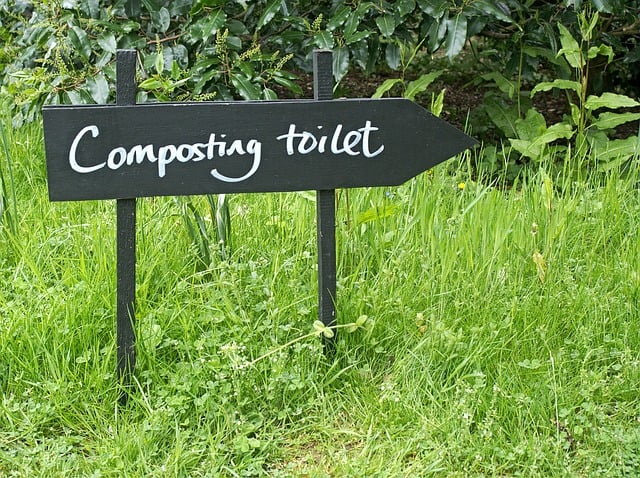Benefits and Examples of Sustainable Construction

Sustainable construction is a new approach in the building industry that improves the way people build and live. It is geared towards utilizing resource-efficient and environmentally responsible processes in construction. This ensures lifetime sustainability of the building.
In sustainable construction, structures are designed to have a minimal environmental impact during their entire lifespan, while delivering the degree of comfort and functionality desired by the residents. From a commercial perspective, sustainable construct allows businesses to grow but not at the detriment of the environment.
Sustainable construction entails considering the environmental impacts that result from the way we source construction materials and the processes we employ in getting the job done. For example, our methodologies could be using too much non-renewable energy sources or generating lots of waste.
In this case, we should go back to using methodologies that promote environmental preservation. Sustainable construction presents a wide range of benefits to the environment, the humanity, and the economy.
Let’s look at some of the essential benefits.
7 Benefits of Sustainable Construction
1. Cost Reduction
While construction is a $10 trillion industry, its financial struggles are overwhelming. Embracing smart and functional alternatives is recommended in a bid to improve cost-efficiency in the industry. And that’s where sustainable construction comes in.
A green building normally costs less than a conventional building. Namely, you need fewer resources such as water and energy to complete a green building. Moreover, sustainable structures have great ROI. Sustainable construction increases the value of the property significantly. There are a lot of tools available in the market that can be used when building sustainable constructions. Quality tools and components such as drill bit sets can be found at RS Components.
2. Waste Reduction
In the United States, about 30% of the 230 million tons of waste produced annually comes from construction projects in the form of concrete, cardboard, drywall, metal, plaster, paper, etc.
In Europe, the construction industry contributes about 38% of all the continent’s waste. Sustainable buildings minimize waste, thanks to their use of renewable materials and lower environmental impact.
Materials such as sand, burnt coal, and demolition debris can be utilized with impressive environmental and aesthetic results.
3. Reduced Ecosystem Impact
Sustainable construction minimizes the dependence on natural resources. Some of the excellent ways through which sustainable building projects save resources include:
- Building repurposing
- Land contamination remediation
Construction engineers practice sustainable site selection steering clear of natural land resources such as animal habitats, floodplains, and agricultural areas. After selecting the construction sites, they develop strategies to mitigate erosion and water runoff. These strategies include conserving as much open land, cultural resources, and indigenous wildlife as possible.
4. Improved Health
Sustainable structures can be beneficial to health. The Environmental Protection Agency (EPA) says that outdoor air is at least two times less polluted than indoor air. Construction and furnishing materials like carpets, paints, and cleaning products can be harmful to your health. The use of sustainable materials contributes to air purification.
5. Efficient Use of Materials
Sustainable construction utilizes sustainable building features that use less water. Sustainable buildings can be fitted with water recycling systems, such as those that collect rainwater for toilet cleaning.
Some sustainable buildings are designed to collect and store natural energy, such as wind and solar energy for various uses in the building. Also, the use of solar heaters, photovoltaic panels, and insulated air-conditioning pipes makes the buildings more energy-efficient and less harmful to the environment.
6. Improved Quality of Life
Sustainable construction has loads of benefits in every phase of a construction project. Some of the remarkable benefits include:
- Increased productivity, thanks to a friendly environment
- Improved health, thanks to safer construction materials
- Effective noise protection
With these benefits and numerous others, green buildings can significantly improve life quality.
7. Room for Experimentation
Sustainable construction presents a wide range of excellent opportunities for innovative experimentation in the construction industry. Thanks to the use of new materials, more innovative construction techniques are being developed and implemented.
We will look at applications of some of the innovative techniques in the next section of this article.
6 Examples of Sustainable Construction
Here is a look at 6 construction projects from around the world that have a have comprehensively integrated approach to sustainable construction:
1. Center for Sustainable Landscapes (CSL), Pittsburgh
The Center for Sustainable Landscapes was designed to be the world’s greenest building, generating all of its own energy. The building is equipped with a system that captures and treats storm and sanitary water. As of 2016, it was the only building to meet four of the premier green certifications:
- The Living Building Challenge
- WELL Building Platinum
- LEED Platinum
- Four-Stars Sustainable SITES
The CSL architecture epitomizes the important intersection between the natural and built environments. It demonstrates that human and environmental well-being are intricately connected.
2. Bank of America, One Bryant Park, NYC
The Bank of America at One Bryan Park is one of the United States’ most environmentally friendly buildings. Completed in 2010, the building boasts LEED platinum status. Some of its remarkable features include:
- An ice cooling system
- A building-wide water reclamation system
- A 4.6-megawatt on-site power plant
- Green rooftops that compost refuse from on-site restaurants
3. Shanghai Natural History Museum
Located in the heart of China’s largest city, the sustainable museum aims to connect Chinese history with the natural environment as well as with the global ideas of sustainability. It encompasses a massive oval pond. The pond gets its water from rain via the green roof that is designed to promote evaporative cooling.
Another remarkable feature of the Shanghai Natural History Museum is an “intelligent building skin”. This technology is aimed at minimizing solar gain and upholding a comfortable room temperature at all times.
4. Salesforce Tower, San Francisco
The rooftop park of the eco-friendly Salesforce Tower is designed to absorb excess carbon dioxide from the transit terminal at its base. The tower is equipped with wind turbines and sun shades to fully capitalize on sustainable power.
Every floor features outside air intakes geared to provide outdoor-fresh air to every resident. The building is also designed to operate at zero waste, utilizing compost and recycling up to 75% diversion.
5. The Bird’s Nest Stadium
The construction of the Bird’s Nest includes solar power and rainwater collection. The stadium features self-contained facilities. This largely eliminates the need for a solid, enclosed façade, allowing for natural ventilation of the stadium. The ventilation is the most critical feature of the stadium’s sustainable construction.
6. Clock Shadow Building, Wisconsin
The green roof of the Clock Shadow Building is designed to reduce stormwater runoff. It also safeguards the rooftop from the aging effects of Ultraviolet rays. The roof also contributes to reduced energy costs as it adds insulation.
The building is equipped with an underground cistern for collecting greywater, which is used to run toilets. It is constructed on an area that used to be marshland. While this could have caused problems, the developers capitalized on the exceptional ecological feature.
Geothermal wells were installed to heat and cool the building. Nearly 50% of the project’s materials were salvaged, diverting loads to materials that would otherwise have ended up in a landfill.






